
Made from natural plant fibers, cool and comfortable cotton remains a popular clothing fabric of choice for people around the world. Microfiber is a petroleum-based synthetic with durability, comfort and other qualities that mimic natural fibers and consists of densely woven filaments finer than a human hair. Most often made from polyester and nylon, microfiber is also constructed from other synthetics, including acrylic and rayon. Clothes made our of both of these fabrics are wash and wear, making them suitable for a busy woman's wardrobe.
Durability
With proper care, both cotton and microfiber clothing lasts for many years. The durability of cotton varies depending on the strength of the fiber, the tightness of the weave and the amount of foreign matter in the fibers. Poorly made cottons deteriorate quickly, but smooth, good-quality cotton such as denim and gabardine become softer and more comfortable with wear and repeated laundering. Because microfiber is a synthetic, fabrics are more consistent and variations in types of fiber and manufacturing processes are lessened. However, the quality of the fabric and the clothing varies widely among manufacturers.
Comfort
Although both fabrics are highly valued for softness and comfort, the benefits of cotton and microfiber clothing depend on the wearer. Because of the tightness of the weave, microfiber is wind resistant and water repellent, making it a useful fabric for jackets and outerwear. Athletes often prefer microfiber because of its moisture-wicking qualities as opposed to cotton clothing, which holds water and becomes heavy when wet. However, many people find microfiber hot and uncomfortable, opting for cotton because of its breathability.
Laundering
An extremely low-maintenance fabric, most microfiber garments are suitable for machine washing and tumble drying. The fabric develops static cling in the dryer, but fabric softener sheets usually mitigate the problem. Ironing is minimal because of microfiber's wrinkle-resistant qualities, and the fabric may melt or scorch under a hot iron. If light wrinkles develop, use an iron set on low heat along with a press cloth to prevent shine. Cotton is easy care and often tolerates rough handling and frequent washing and drying. However, some cottons benefit from dry cleaning or hand washing. Cotton fabrics tend to shrink and nearly all wrinkle easily, often requiring ironing. Refer to the garment care tag before laundering microfiber or cotton because some require special handling.
Problems
Although microfiber is soft and drapes beautifully, the fabric snags easily. For example, a ring or bracelet with jagged edges may catch on the fabric and pull the fibers. Repeated wear often causes microfiber fabrics to pill and abrade, and like most synthetics, the fiber produces uncomfortable static electricity. Additionally, it is highly flammable. Cotton clothing is susceptible to mold and mildew, especially when the fabric is put away damp or stored in a damp location. Unlike many natural fibers, cotton isn't bothered by wool moths or carpet beetles, but it is attractive to silverfish.
Related Articles

Care of Mohair Fabric

The Care of Plisse Fabric

The Differences Between Fleece & ...

Linen vs. Wool Blazer
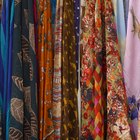
What Are Clothing Textures?
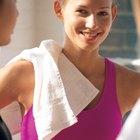
Description and Characteristics of ...

What Can I Do to Prevent a Wool Coat ...
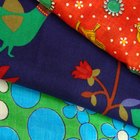
What Is Arnel Vintage Material Fabric?

Cashmere Vs. Viscose

Differences Between Polyester and Nylon ...

How to Preserve Moleskin
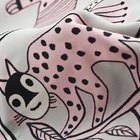
What Is Berber Fleece?
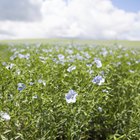
Types of Linen Fabric

What Is the Difference Between Lycra ...
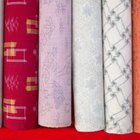
The Advantages & Disadvantages of Woven ...
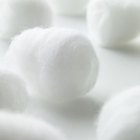
The Advantages of Polyester Cotton

Denim vs. Denim Blends
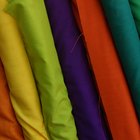
Characteristics of Rayon Fabric

About Polyester Cotton Blend
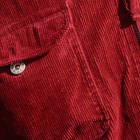
How to Get the Stiffness Out of ...
References
- Fabrics A to Z: The Essential Guide to Choosing and Using Fabric for Sewing; Dana Willard
- Ohio State University Extension: Microfibers: Functional Beauty
- National Cotton Council of America: The Many Faces of Cotton
- Utah State University Cooperative Extension: From Fiber to Fabric: Cotton
Writer Bio
M.H. Dyer began her writing career as a staff writer at a community newspaper and is now a full-time commercial writer. She writes about a variety of topics, with a focus on sustainable, pesticide- and herbicide-free gardening. She is an Oregon State University Master Gardener and Master Naturalist and holds a Master of Fine Arts in creative nonfiction writing.
Photo Credits
BananaStock/BananaStock/Getty Images